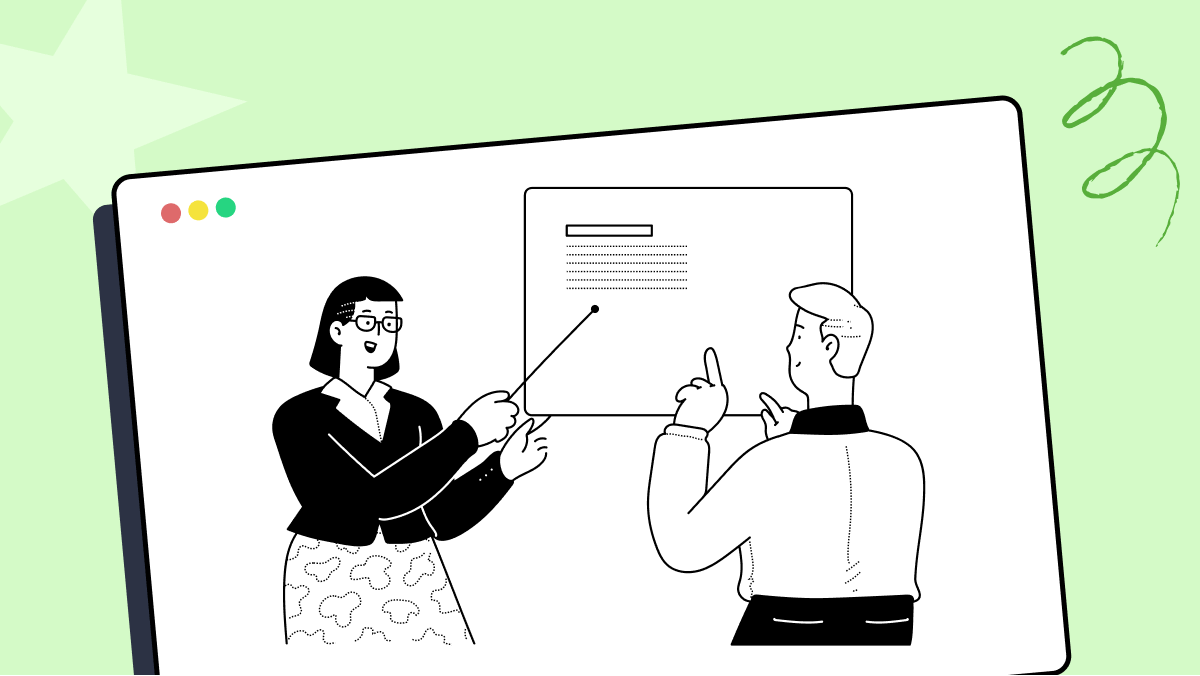How to use create_admin_group method in autotest
Best Python code snippet using autotest_python
management.py
Source: management.py
1from django.contrib import auth2from south.signals import post_migrate3BASIC_ADMIN = 'Basic admin'4def create_admin_group(app, **kwargs):5 """6 Create a basic admin group with permissions for managing basic autotest7 objects.8 """9 print "Creatin/updating Basic admin group"10 admin_group, created = auth.models.Group.objects.get_or_create(11 name=BASIC_ADMIN)12 admin_group.save() # must save before adding permissions13 PermissionModel = auth.models.Permission14 have_permissions = list(admin_group.permissions.all())15 for model_name in ('host', 'label', 'test', 'aclgroup', 'profiler',16 'atomicgroup'):17 for permission_type in ('add', 'change', 'delete'):18 codename = permission_type + '_' + model_name...0014_create_admin_group.py
Source: 0014_create_admin_group.py
1# -*- coding: utf-8 -*-2from __future__ import unicode_literals3from django.db import migrations4from course_discovery.apps.publisher.constants import ADMIN_GROUP_NAME5def create_admin_group(apps, schema_editor):6 Group = apps.get_model('auth', 'Group')7 Group.objects.get_or_create(name=ADMIN_GROUP_NAME)8def remove_admin_group(apps, schema_editor):9 Group = apps.get_model('auth', 'Group')10 Group.objects.filter(name=ADMIN_GROUP_NAME).delete()11class Migration(migrations.Migration):12 dependencies = [13 ('publisher', '0013_create_enable_email_notifications_switch'),14 ('auth', '0006_require_contenttypes_0002'),15 ]16 operations = [17 migrations.RunPython(create_admin_group, remove_admin_group)...Blogs
Check out the latest blogs from LambdaTest on this topic:
The best agile teams are built from people who work together as one unit, where each team member has both the technical and the personal skills to allow the team to become self-organized, cross-functional, and self-motivated. These are all big words that I hear in almost every agile project. Still, the criteria to make a fantastic agile team are practically impossible to achieve without one major factor: motivation towards a common goal.
When most firms employed a waterfall development model, it was widely joked about in the industry that Google kept its products in beta forever. Google has been a pioneer in making the case for in-production testing. Traditionally, before a build could go live, a tester was responsible for testing all scenarios, both defined and extempore, in a testing environment. However, this concept is evolving on multiple fronts today. For example, the tester is no longer testing alone. Developers, designers, build engineers, other stakeholders, and end users, both inside and outside the product team, are testing the product and providing feedback.
Lack of training is something that creates a major roadblock for a tester. Often, testers working in an organization are all of a sudden forced to learn a new framework or an automation tool whenever a new project demands it. You may be overwhelmed on how to learn test automation, where to start from and how to master test automation for web applications, and mobile applications on a new technology so soon.
In recent times, many web applications have been ported to mobile platforms, and mobile applications are also created to support businesses. However, Android and iOS are the major platforms because many people use smartphones compared to desktops for accessing web applications.
Automation Testing Tutorials
Learn to execute automation testing from scratch with LambdaTest Learning Hub. Right from setting up the prerequisites to run your first automation test, to following best practices and diving deeper into advanced test scenarios. LambdaTest Learning Hubs compile a list of step-by-step guides to help you be proficient with different test automation frameworks i.e. Selenium, Cypress, TestNG etc.
LambdaTest Learning Hubs:
- JUnit Tutorial
- TestNG Tutorial
- Webdriver Tutorial
- WebDriverIO Tutorial
- Protractor Tutorial
- Selenium 4 Tutorial
- Jenkins Tutorial
- NUnit Tutorial
- Jest Tutorial
- Playwright Tutorial
- Cypress Tutorial
- PyTest Tutorial
YouTube
You could also refer to video tutorials over LambdaTest YouTube channel to get step by step demonstration from industry experts.
Try LambdaTest Now !!
Get 100 minutes of automation test minutes FREE!!



